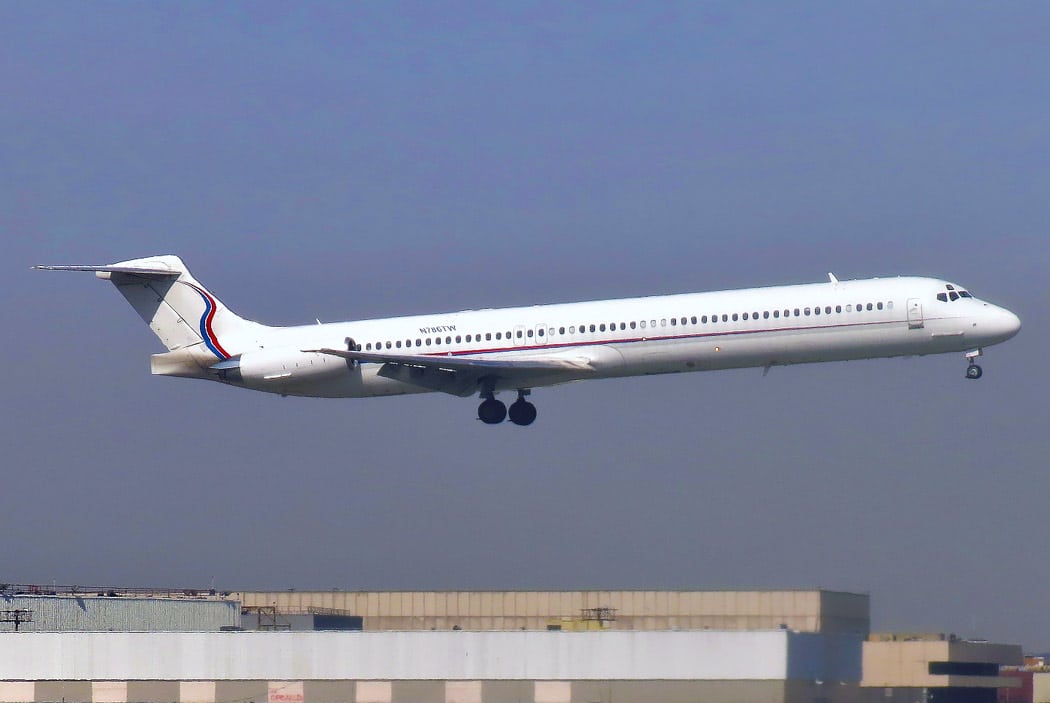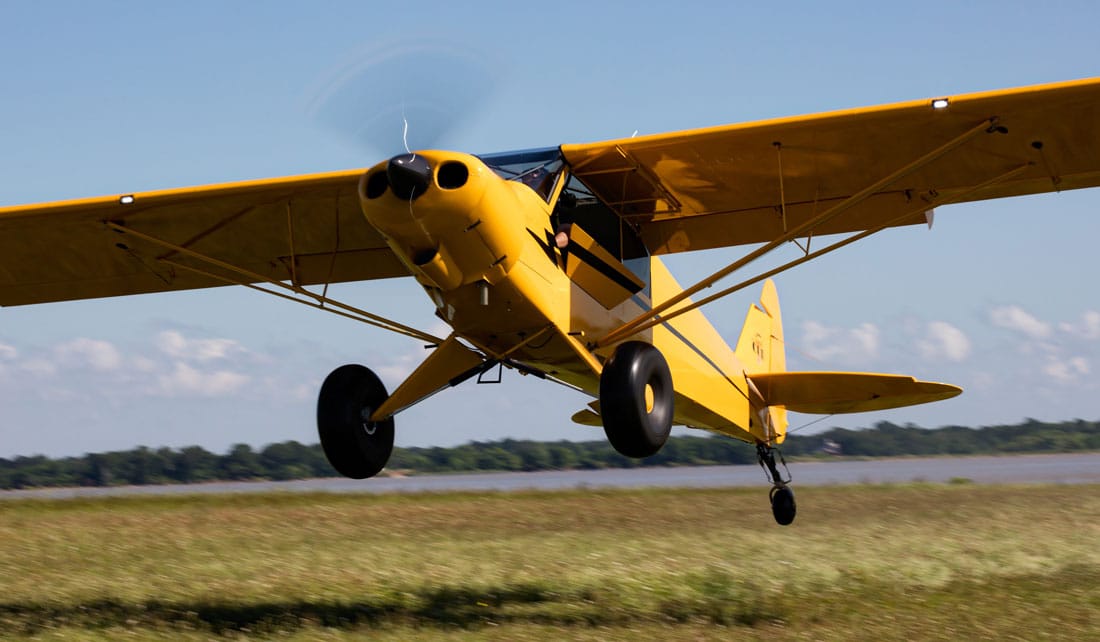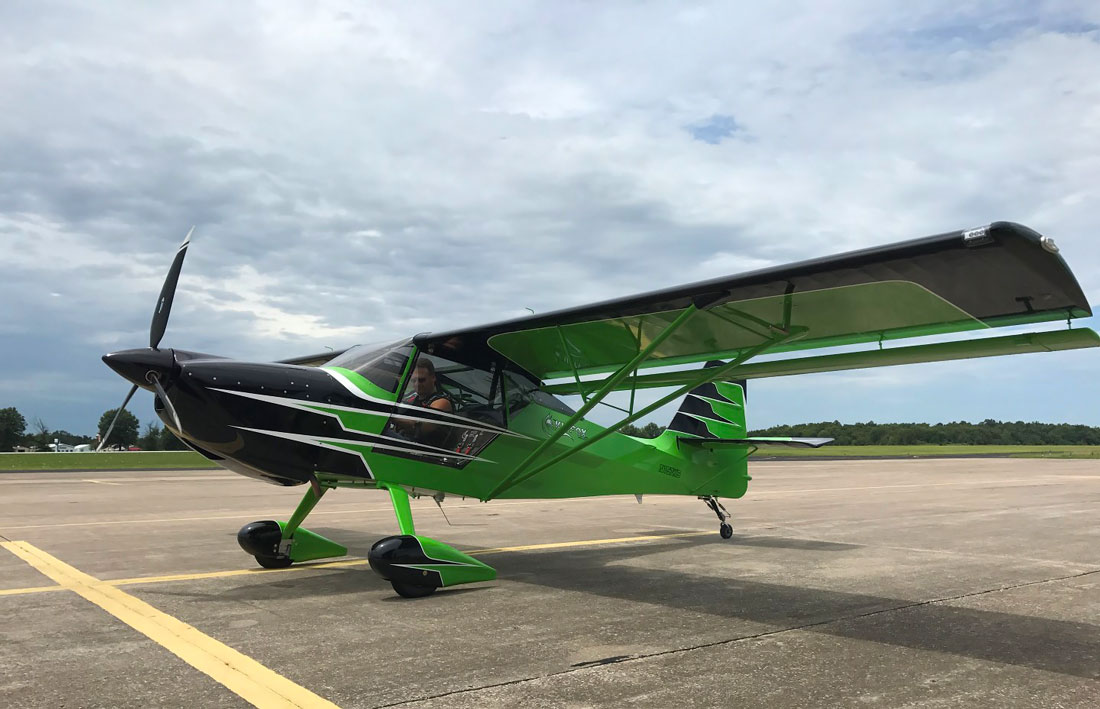The NTSB says that no further updates are planned for the Ameristar Air Cargo Flight 9363 investigation.
The NTSB (National Transportation Safety Board) has issued an investigative update regarding the March 8, 2017, rejected takeoff and runway excursion at Willow Run Airport in Ypsilanti, Michigan, involving Ameristar Air Cargo Flight 9363. After the Boeing MD-83 came to rest roughly 1,000 feet past the end of runway 23L, all 109 passengers and 7 crew members evacuated the aircraft using escape slides. One passenger received a minor injury during the evacuation.
The NTSB notes that the update neither provides probable cause for the accident nor contains any analysis of the information the agency has collected in their investigation up to this point. Because of this, they say that no conclusions regarding the cause of the incident should be made based on this preliminary information.
Updated Details Regarding Ameristar Air Cargo Flight 9363
The agency has provided the following facts from the investigation to serve as an investigative update:
- In addition to the NTSB, the FAA, Boeing, and Ameristar Air Cargo are also parties to the investigation.
- Both pilots held airlines transport pilot certificates with DC-9 series type ratings, which the NTSB says includes the MD-83.
- The pilot-in-command, also the Ameristar chief pilot, was in the right seat for the purpose of providing differences training to the captain, who was in the left seat and was flying the aircraft.
- The Ameristar chief pilot had 9,660 total flight hours, including 2,462 hours in DC-9 series airplanes.
- The captain had 15,518 total flight hours, including 8,495 hours in DC-9 series airplanes
- Examination after the accident showed that movement of the control column in the cockpit appeared normal. It appeared that the controls columns were free to move and the elevator control tabs moved as commanded. However, the investigators found that when they tried moving the elevator surfaces by hand, the left elevator moved normally while the right elevator “was jammed in a trailing edge-down position (airplane nose down).” As the team continued to investigate, they found that “the right elevator geared tab inboard pushrod linkage was found damaged” and that this restricted the movement of the right elevator surface, but allowed movement of the control tab. After the investigators removed the damaged components, the elevator could be moved by hand.

- Information from the flight data recorder indicates that during the taxi and take-off roll, while the left elevator moved normally, the right elevator did not move. In addition, during the take-off roll, the left elevator “began a large airplane nose-up movement (consistent with rotation) at an airspeed of about 152 knots and continued for five seconds to about 166 knots.” During this time, there was no change in the airplane pitch attitude. The NTSB also notes that the maximum recorded airspeed was about 173 knots and that the data is consistent with the takeoff being rejected.
- Previous flight data indicated normal movement of both the left and right elevator surfaces, with the airplane flying to Ypsilanti two days prior to the accident.
- In statements after the accident, members of the flight and cabin crew said that only the slide for the forward right door failed to deploy correctly. The slide in question was removed from the airplane for further examination by investigators at a later date.
The NTSB says that no further updates are planned for the investigation and that the docket for the investigation will be opened to the public before the release of the final report. The agency notes that investigations generally take between 12 to 18 months to complete. For those interested, the preliminary report is available online.
Featured Image courtesy of Adam Moreira, CC BY-SA 4.0. Note: this is a photograph of the actual airplane involved in the incident, roughly one year prior to the incident.
Logbook Magic Numbers: Connecting Pilot Hours with Ability
 The Minnesota blizzard was a sharp contrast to the Cancun sunshine we’d just left a few hours earlier. Since I’d flown the first leg, it was my first officer’s turn to fly back and land at MSP. ATIS had informed us that the weather was just barely above minimums, but braking action was still good. A few airplanes had initiated missed approaches, so we knew we had a good challenge ahead. To add to the joy, there was a gusty crosswind that was going to test all of our skills. Since it was a long flight for a Boeing 727-200 [Click to read more…]
The Minnesota blizzard was a sharp contrast to the Cancun sunshine we’d just left a few hours earlier. Since I’d flown the first leg, it was my first officer’s turn to fly back and land at MSP. ATIS had informed us that the weather was just barely above minimums, but braking action was still good. A few airplanes had initiated missed approaches, so we knew we had a good challenge ahead. To add to the joy, there was a gusty crosswind that was going to test all of our skills. Since it was a long flight for a Boeing 727-200 [Click to read more…]















Leave a Reply